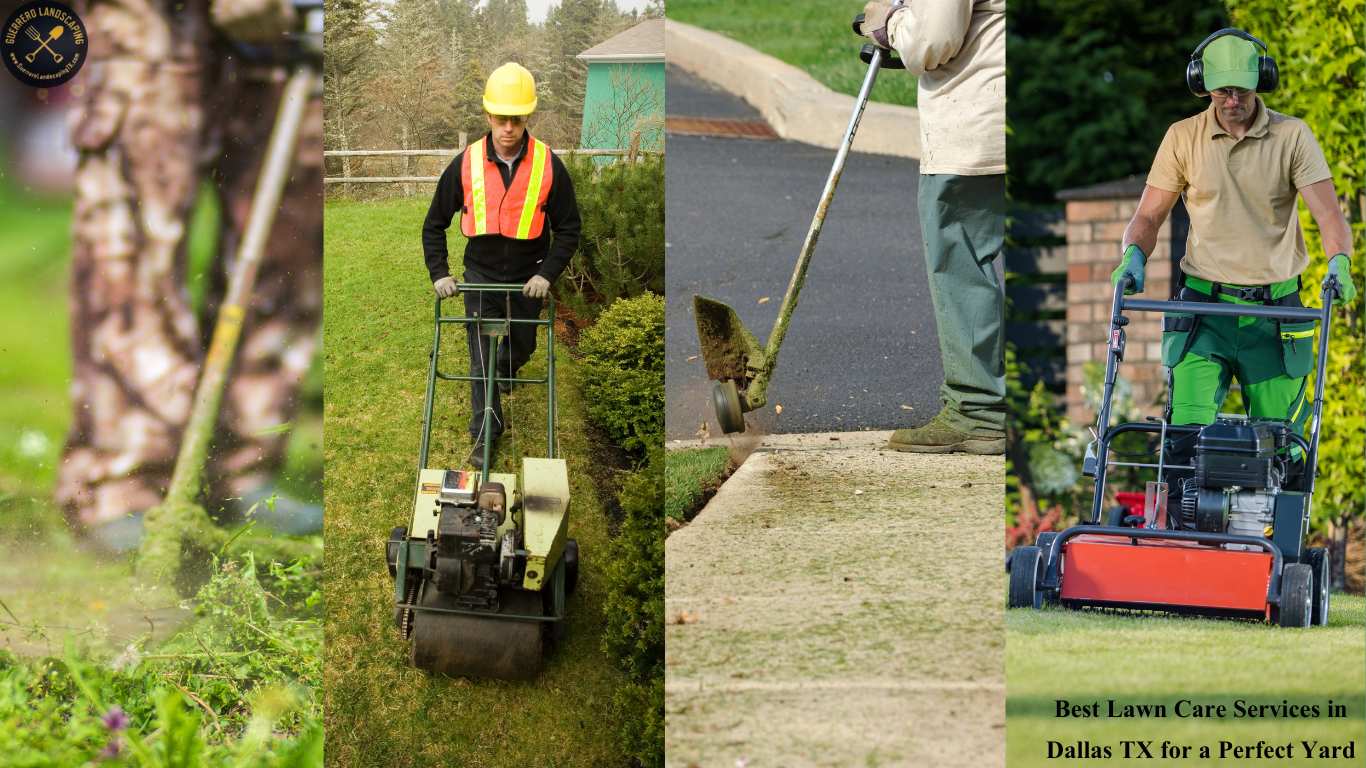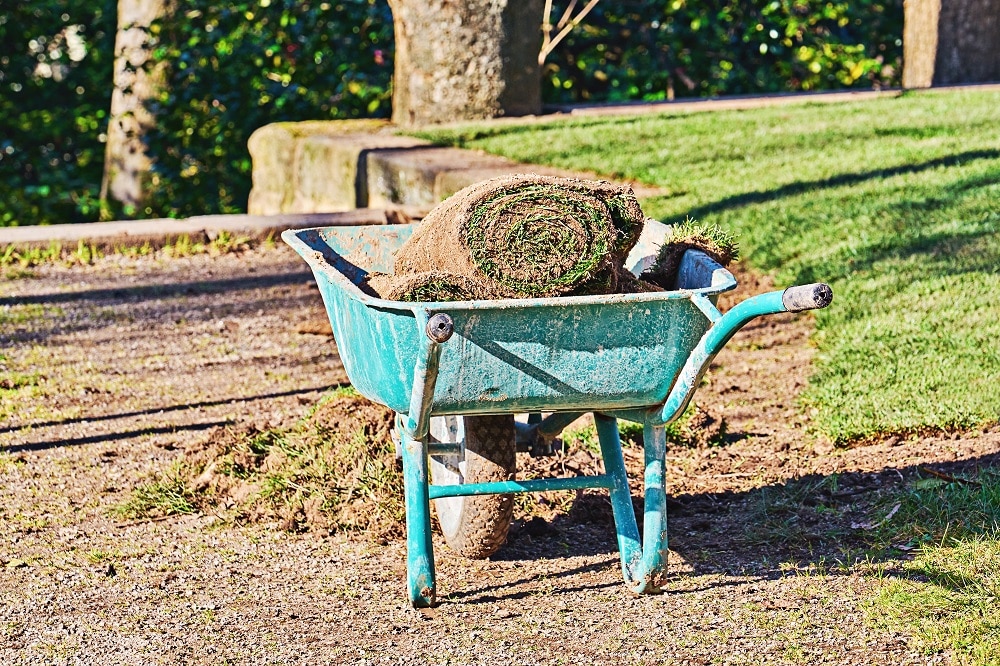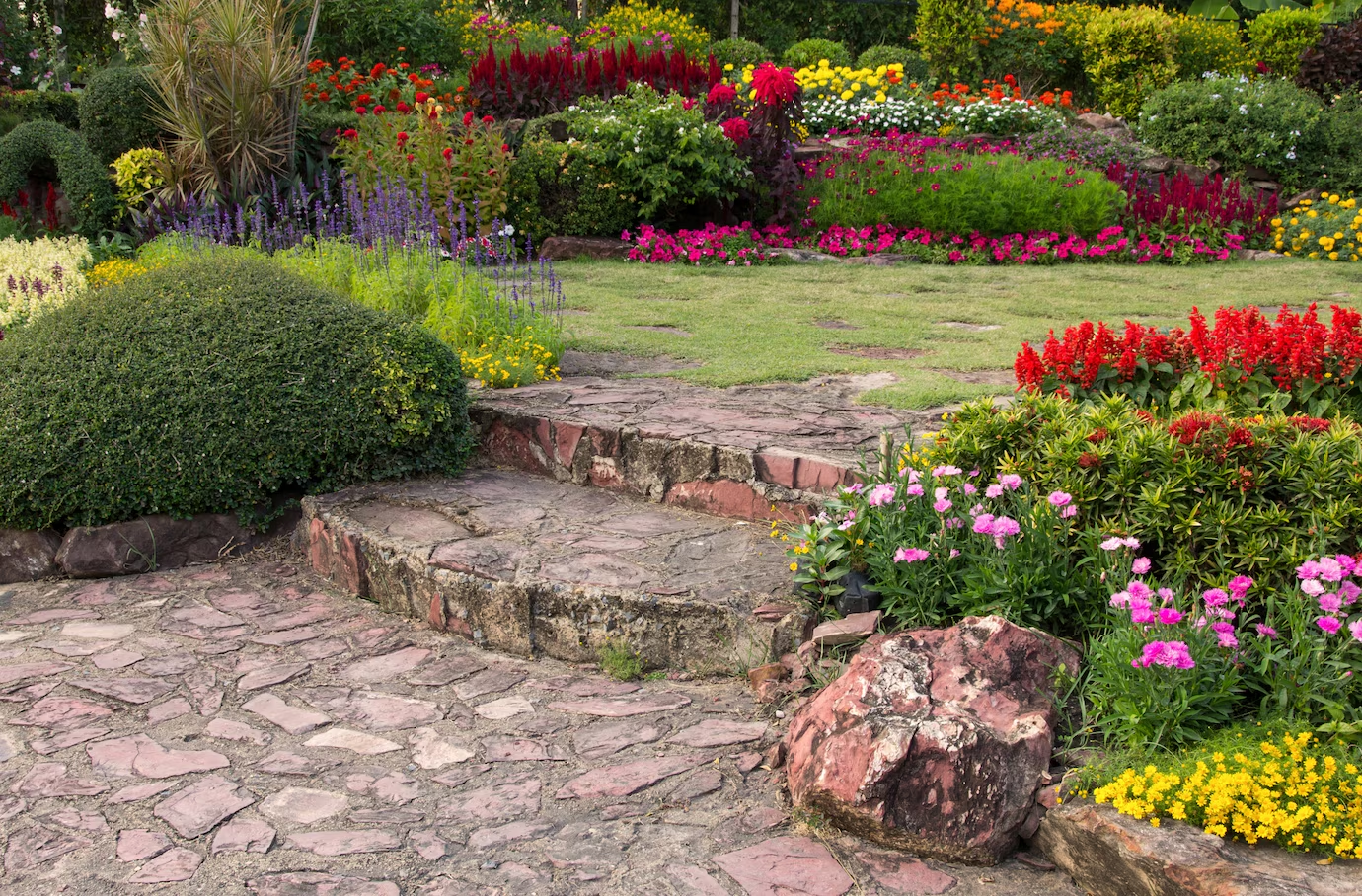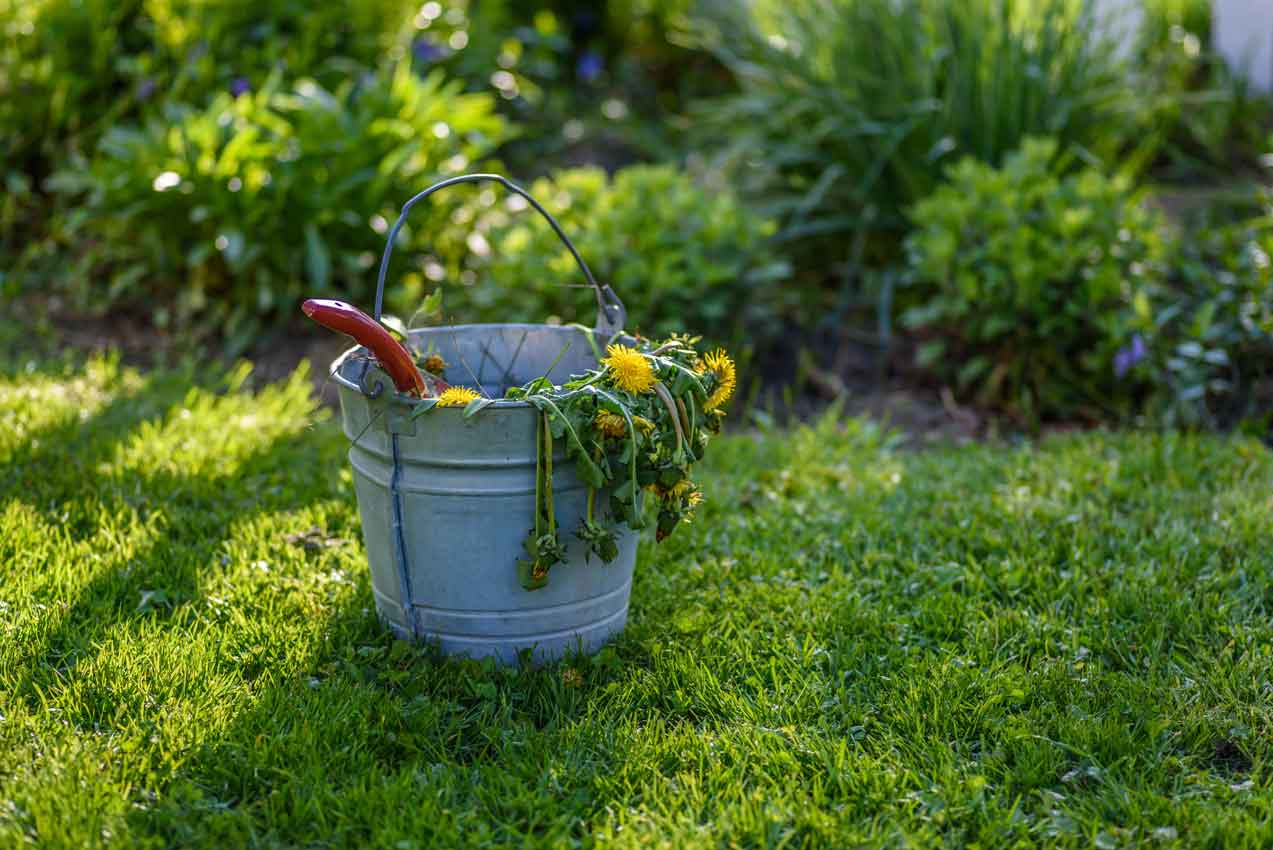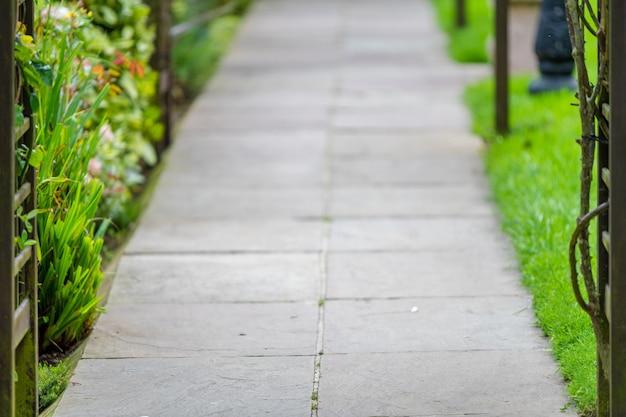
No floor is 100% maintenance-free. Like yard and other landscaping decoratives, concrete surfaces need regular maintenance as well. Though relatively easier as compared to other types of flooring, especially carpet, concrete needs a proper cleaning process to avoid stains and mess.
Concrete surface is porous and soaks up substances like mold, mildew, oil, and greases. If left unattended, the stains penetrate deep into the surface and are nearly impossible to remove. Regular cleaning preserves the appearance of the surface and avoids stains and messes.
The type of cleaning products needed to maintain the surface largely depends upon its use. In this blog, we have explained easy steps that you can apply to take care of concrete floors. If the surface is bad enough, try resurfacing concrete with professionals like Guerrero Landscaping.

General Maintenance of Concrete Floors
Concrete floors need proper cleaning at least once a year to restore their shape and color. Before cleaning, remove items like furniture, potted plants, and decorative items from the area. A spot test is better to check whether the cleaning method is associated with any discoloration or damage to the concrete surface.
For basement cleaning, you will need to carry out the process in sections by moving amenities from one side of the room to the other until the job is finished.
Tip: Inspect the surface for cracks and make necessary repairs if needed.
Does Your Concrete Need More Than Just Cleaning?
A good cleaning practice improves the floor’s appearance for a longer period. However, the surface experiences stains, discolorations, and rust depending upon the type of material used.
If the surface needs repair, call experts at Guerrero Landscaping in Dallas. Get a free quote or contact us for more information. Contact us at (469) 398-9896 for Plano, Frisco, North Dallas, and Garland.


Easy Steps for Cleaning Concrete
Here is a list of products you will need to carry out a concrete cleaning process: vacuum, white vinegar, spray bottle, baking soda, stiff nylon brush, laundry detergent, pressure washer, and safety goggles.
Once the equipment is ready, carry out these steps to get a fresh look surface:
Remove Dirt and Debris
Use a vacuum to get rid of dirt and debris from the targeted surface. For driveway or patio cleaning, a string trimmer is used to remove weeds that infiltrate cracks.
Exception: Don’t use a vacuum to remove mold and mildew in your basement. Follow the instructions explained below in the blog to get rid of these household toxins.


Spot Treat Stains
Laundry detergent and water are a budget-friendly way to spot-treat stains. To clean the surface:
- Pour the soap directly into the targeted area.
- Scrub with a stiff nylon brush.
- Rinse thoroughly with water.
- Allow the surface to dry.
Repeat if Necessary:
If the stain remains there, clean the surface again with white vinegar, or baking soda. Scrub well and rinse with a garden or water hose.
Use a Power Washer
If stains persist, use a pressure washer. You can buy attachments for the garden hose or buy a new power washer from a nearby hardware store. Use safety goggles and protect windows and plants.
Adjust the pressure carefully to avoid concrete damage.


How to Remove Stains from Concrete Floors?
Grease and Oil Stains
To clean oil stains, sprinkle baking soda, sawdust, or cornmeal on the stained surface to absorb the spill. Once the stain is absorbed, brush away the excessive powder with a broom.
To remove residual grease stains, try a degreaser such as cornstarch, borax, or castile soap.
Rust Stains
White vinegar is an effective way to remove rust stains from concrete floors- even the older ones.
- Pour vinegar directly on the stain.
- Allow it to penetrate the surface for 20 minutes.
- Scrub with a brush.
- Rinse the area with water.
- Let the surface dry.
- Repeat the process if needed.


Water Stains, Mold, and Mildew
Cleaning mold and mildew from a patio or floor is different from basement cleaning with the same issue. Do not sweep the basement, as it leads to the spreading of spores all around the basement, thus increasing the cleaning procedure.
In this case, open the window to allow fresh air to circulate through the basement.
- Spray the area with a mold-killing detergent.
- Scrub the area with a brush.
- Clean with a wet mop.
- Let the area dry.
- Examine if the process needs to be repeated.
Tip: If the stain persists, use a mixture of bleach (one-quarter) and hot water (1 gallon).
Stubborn Concrete Stains
Before trying concrete scraping or hiring an expert, here are some cleaning agents as a last step you can apply to remove stains: Trisodium phosphate (TSP) and Muriatic Acid.
Muriatic acid can lead to severe burns, and damage to skin, eyes, and lungs. Follow the manufacturer’s instructions and wear safety clothing like safety goggles, long sleeves and pants, acid-resistant gloves, and a respirator( prevents inhalation of toxic fumes).
Trisodium phosphate is used to remove stains, mildew, and paint stains from concrete surfaces. TSP is banned in some states due to its highly caustic nature, so check local laws before using it. It’s better to use eco-friendly TSP as an alternative to avoid hazardous effects.


5 Concrete Cleaning Products to Use
Soda
Soda has remarkable grease-cleaning properties. Coke is also a popular choice against grease cleaning, but any soda with these ingredients can be used. The property relates to the following three key ingredients; carbonic acid, citric acid, and phosphoric acid.
To clean the stain:
- Pour the soda on the targeted stains.
- Let it on the surface for 15-30 minutes.
- Use a towel, mop, or brush to clean the surface.
Detergent
Powered laundry detergent is also used as a cheap, yet effective concrete cleaner. The surfactants in laundry detergents help remove grease, dirt, and other grime from the surface.
- Sprinkle some detergent on the screen.
- Add some water to make a paste.
- Scrub the surface and rinse.


Vinegar and Baking Soda
Vinegar or baking soda is a natural surface cleaner. While detergent and bleach are effective cleaners, they are toxic to the nearby plants on your sidewalks or concrete patios. If you are concerned about the safety of plant life, white vinegar is your solution!
- Fill the spray bottle with vinegar-water solution (take equal amounts of both liquids).
- Add a small amount of liquid detergent.
- Spray the solution on the chosen target.
- Leave the surface for 30 minutes.
- Scrub and rinse thoroughly.
Concrete Cleaner or Degreaser
Degreasers are made up of concentrated alkaline soap. These loosen the oil stains for easy cleanup. However, if the stain is too old, cleaners won’t work as they do not break the oil. The solution is mostly used for porous concrete.

How to Keep Concrete Clean Longer?
The more consistent you are with the cleaning procedure, the more pristine the concrete. Clean the spills quickly to avoid seeping into the concrete surface. High-quality sealants protect the surface from stains, debris, grime, and moisture infiltration. Inspect the surface periodically to address any cracks or issues and take measures to avoid further discoloration.
For more details, feel free to get in touch here.



